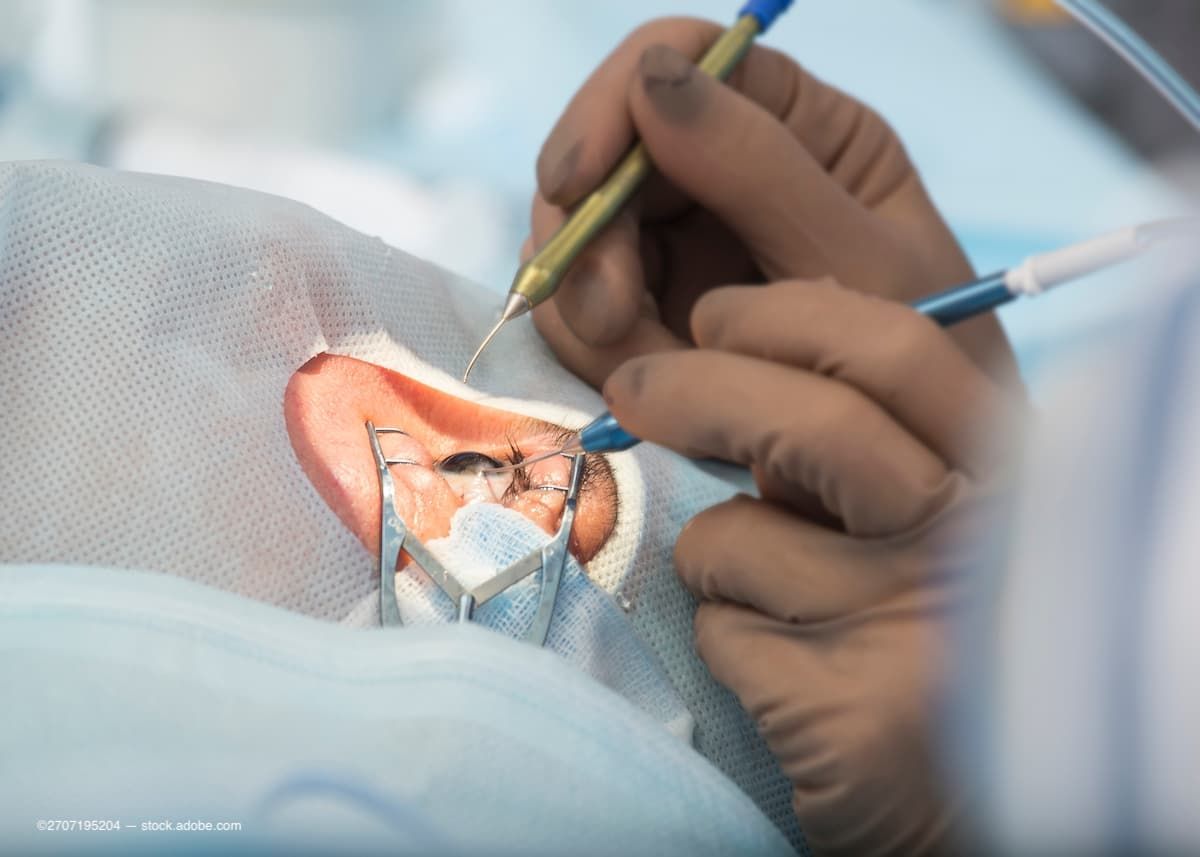Article
APAO 2023: Beveled tip probe an all-in-one instrument for retinal detachment vitrectomy
Author(s):
Yusuke Oshima, MD, PhD, in a presentation at the 38th Asia-Pacific Academy of Ophthalmology Congress, Kuala Lumpur, Malaysia, discussed the advantages of using a beveled-tip ultra-speed probe for complete vitreous shaving during retinal detachment vitrectomies.
The probe has a continuous duty cycle with a speed of 20,000 cuts per minute because of another port featured in the inner shaft of the probe. (Image courtesy stock.adobe.com)

The current style of 3 port “closed eye” vitrectomy was first introduced in 1970s and has evolved to smaller sizes since 2000. However, the smaller size can come with some big surgical concerns, such as decreased vitreous flow, increased surgical time, and unwanted flexibility, according to Yusuke Oshima, MD, PhD.
Oshima, who is in private practice in Osaka, Japan, discussed the advantages of using a beveled-tip ultra-speed probe for complete vitreous shaving during retinal detachment vitrectomies at the 38th Asia-Pacific Academy of Ophthalmology Congress, Kuala Lumpur, Malaysia.
The probe (HYPERVIT Dual Blade Vitrectomy Probe, Alcon) has a continuous duty cycle with a speed of 20,000 cuts per minute because of another port featured in the inner shaft of the probe; the beveled-tip design is available in 23, 25+, and 27+ gauge sizes.
Oshima explained that the continuous open-port style is suitable for small gauge probe to increase cutting efficiency and reduce fluidic turbulence; dual-pneumatic technology improves the balance of vitreous flow, and the port-to-surface distance is improved with the beveled tip.
At higher cut rates, compared with traditional spring return systems, with the dual-pneumatic technology, the vitreous flow rate was up to 90% higher with the 25+ gauge probe and up to 48% higher with the 27+ gauge probe.
At similar single-blade flow rates using the 25+ and 27++ gauge probes, the peak traction force decreased, respectively, by up to 28% and 31% lower.
The beveled tip of the HYPERVIT Dual Blade Vitrectomy Probe facilitates improved the port-to-surface distance by 47% closer to the surface with the 25+ gauge probe and 40% closer with the 27+ gauge probe.
Yusuke Oshima, MD, PhD

The beveled tip probe can work as a picker for lifting up the edge of thickened membranes, ascissors for membrane segmentation, a membrane peeler for internal limiting membrane peeling, and a vitreous shaver and aspirator during surgery.
During the presentation, Oshima demonstrated the advantages of the beveled tip probe in various surgical situations including vitreous shaving and subretinal fluid aspiration in a case of primary rhegmatogenous retinal detachment, intraoperative identification of tiny retinal breaks which were undetectable preoperatively, and in a case with traumatic proliferative vitreoretinopathy.
Newsletter
Don’t miss out—get Ophthalmology Times updates on the latest clinical advancements and expert interviews, straight to your inbox.




